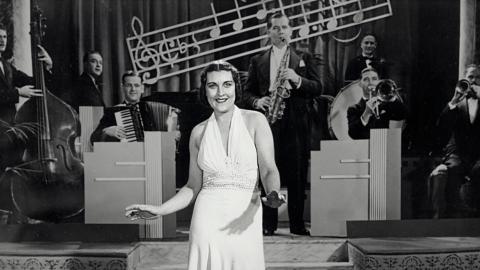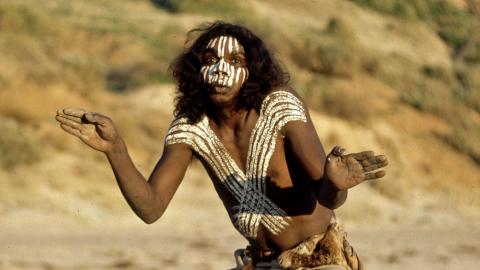

Sounds of Australia 2020
Sounds of Australia 2020
Ten sound recordings with cultural, historical and aesthetic significance have been added to Sounds of Australia for 2020.
This year's inductees include radio show Martin/Molloy, Arnhem Land didjeridu recordings, an opera by Australian composer Peggy Glanville-Hicks and the work of rock legends The Master's Apprentices.
Established in 2007, the Sounds of Australia is the NFSA’s selection of sound recordings which inform or reflect life in Australia. Each year, the Australian public nominates new sounds to be added with final selections determined by a panel of industry experts.
There are now more than 150 sounds in the complete Sounds of Australia list.
WARNING: this collection contains names, images or voices of deceased Aboriginal and Torres Strait Islander people.
The National Film and Sound Archive of Australia acknowledges Australia’s Aboriginal and Torres Strait Islander peoples as the Traditional Custodians of the land on which we work and live and gives respect to their Elders both past and present.


